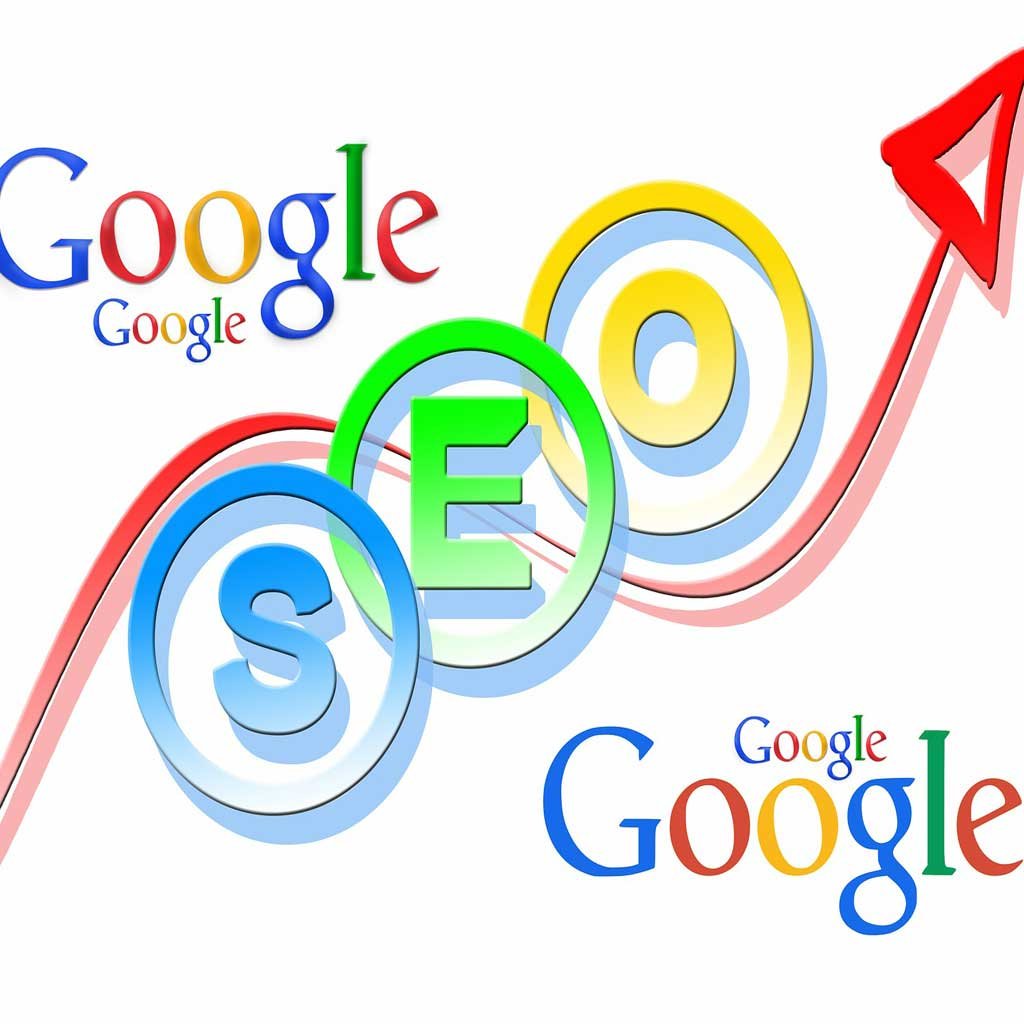"Connecting Worlds, Exploring the Frontier of Digital Technology."
Staty with Us on the Journey to Tomorrow’s Technological Horizons.

Q & A from Digital Techtune
A: SEO stands for Search Engine Optimization. It’s the practice of optimizing websites to increase organic traffic from search engines like Google.
A: SEO helps websites rank higher in search engine results pages (SERPs), leading to increased visibility, traffic, and potential customers.
A: The main components of SEO include on-page optimization, off-page optimization, and technical SEO.
A: On-page optimization involves optimizing individual web pages to rank higher and earn more relevant traffic in search engines.
A: On-page optimization techniques include keyword research, optimizing meta tags, improving content quality, and enhancing user experience.
A: Off-page optimization refers to actions taken outside of your own website to impact your rankings within search engine results pages.
A: Off-page optimization techniques include building backlinks, social media marketing, influencer outreach, and guest blogging.
A: Technical SEO focuses on improving the technical aspects of a website to help it rank higher in search engines.
A: Technical SEO best practices include optimizing website speed, fixing crawl errors, implementing schema markup, and ensuring mobile-friendliness.
A: Keyword research is the process of identifying the words and phrases that people use in search engines to find information related to a particular topic or industry.
A: Keyword research involves using tools like Google Keyword Planner, SEMrush, and Ahrefs to identify relevant keywords and assess their search volume and competition.
A: Keywords are important in SEO because they help search engines understand the content of web pages and match them to relevant search queries.
A: Long-tail keywords are longer, more specific keyword phrases that typically have lower search volume but higher conversion rates.
A: To optimize meta tags, include target keywords in the title tag, meta description, and heading tags while ensuring they accurately describe the content of the page.
A: A title tag is an HTML element that specifies the title of a web page. It appears in the browser tab and search engine results pages (SERPs) as the clickable headline for a given result.
A: An effective meta description is concise, compelling, and relevant to the content of the page. It should include target keywords and entice users to click through to the page.
A: On-page content optimization involves optimizing the content of web pages to make it more relevant and valuable to users and search engines.
A: On-page content optimization involves using target keywords naturally throughout the content, creating high-quality, informative content, and formatting it for readability and user experience.
A: Internal linking is the practice of linking to other pages within the same website. It helps users navigate the site and distributes link equity and ranking power throughout the site.
A: To optimize images for SEO, use descriptive filenames, include alt text that describes the image, and compress images to reduce file size and improve page load times.
A: Alt text, or alternative text, is a brief description of an image that is displayed when the image cannot be loaded. It’s used by screen readers to describe images to visually impaired users and is important for SEO.
A: Link building is the process of acquiring hyperlinks from other websites to your own. It’s an important SEO strategy because search engines use backlinks as a ranking factor.
A: Backlinks are incoming links from other websites to your own. They are important for SEO because they signal to search engines that your site is authoritative and trustworthy.
A: Backlinks can be built through techniques such as guest blogging, broken link building, influencer outreach, and creating high-quality, shareable content.
A: Anchor text is the clickable text in a hyperlink. It’s important for SEO because it provides context to search engines about the content of the linked page.
A: Domain authority is a metric developed by Moz that predicts how well a website will rank on search engine results pages (SERPs). It’s based on factors such as the number and quality of backlinks to the site.
A: Page authority is a metric developed by Moz that predicts how well a specific page will rank on search engine results pages (SERPs). It’s based on factors such as the number and quality of backlinks to the page.
A: A sitemap is a file that lists all the pages on a website. It helps search engines discover and index all the pages on a site more efficiently.
A: Robots.txt is a text file that tells search engine crawlers which pages or files on a website they can or cannot crawl. It’s used to control access to certain parts of a website.
A: Canonicalization is the process of selecting the preferred URL when there are multiple URLs that point to the same content. It helps prevent duplicate content issues and consolidates link equity.